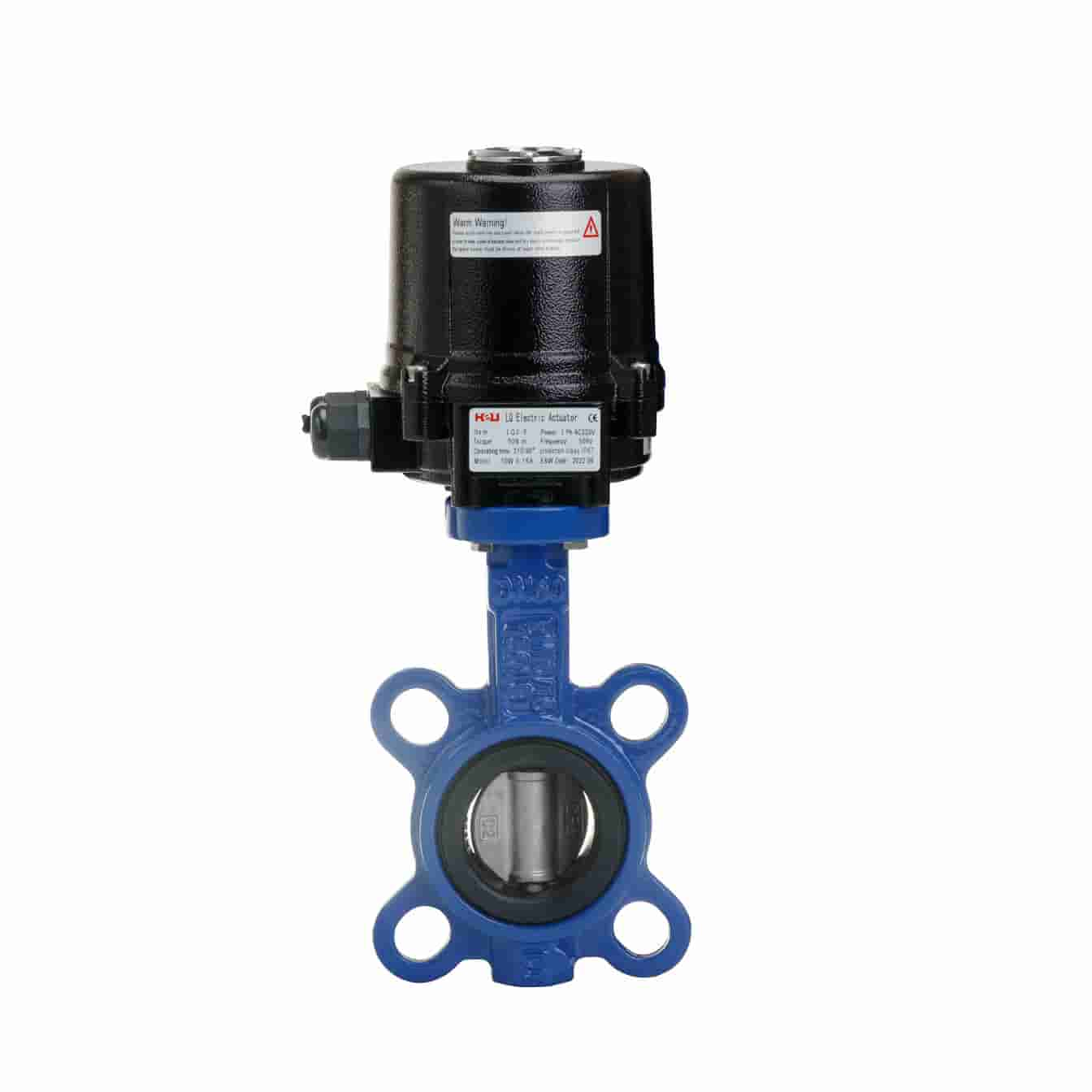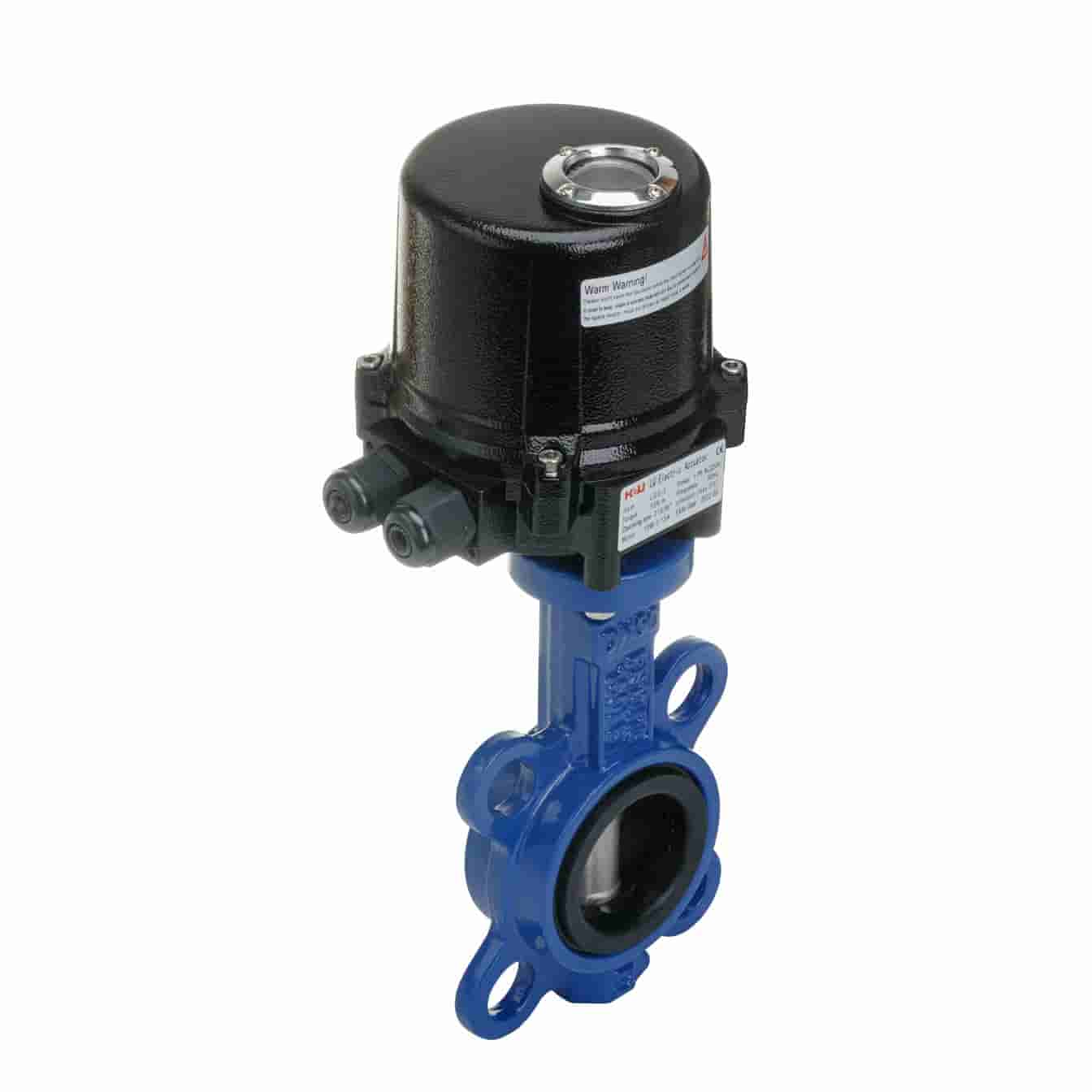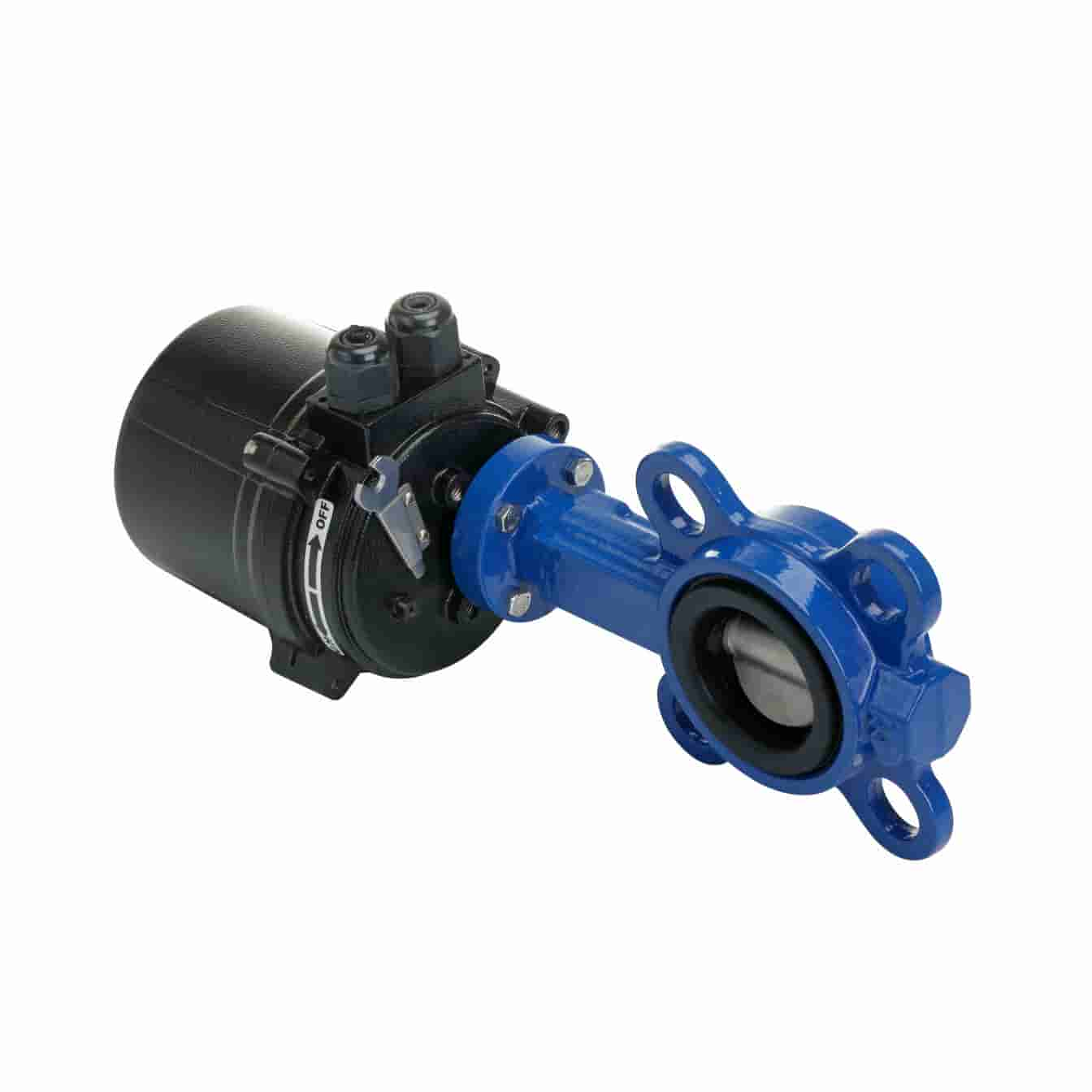
The electric butterfly valve is a crucial component in modern fluid control systems, offering an efficient and precise way to regulate the flow of liquids and gases. Combining the traditional butterfly valve design with electric actuators, this device provides enhanced control and automation capabilities that are essential in various industrial applications.

A butterfly valve consists of a circular disc or vane that rotates to control the flow through a pipeline. When the valve is closed, the disc is perpendicular to the flow, creating a tight seal. As the valve opens, the disc rotates parallel to the flow, allowing fluid to pass through with minimal resistance. This basic design makes butterfly valves suitable for large-diameter pipes and applications requiring rapid opening and closing.

